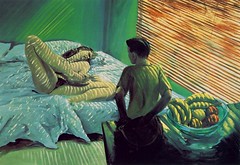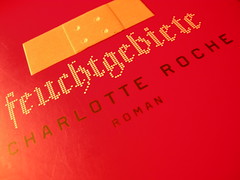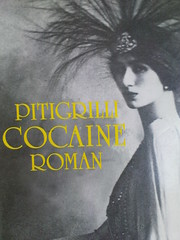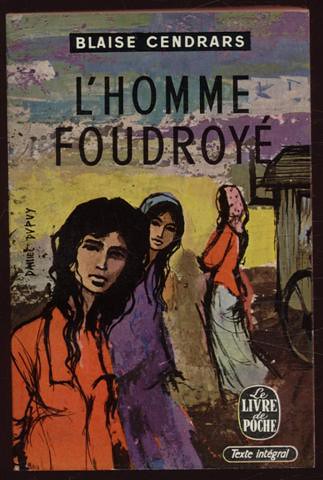[Youtube=http://www.youtube.com/watch?v=V5v0spjsk1Y]
Bette Davis is Mildred Rogers
As noted in a previous post[1] I’ve been reading Of Human Bondage last week. I was particularly piqued by the female protagonist Mildred Rogers, a thoroughly unsympathetic character. One contemporary critic described her as one of the “most hateful and disagreeable female characters in fiction.” After finishing reading (I cried big tears towards the end) I wanted to find out if Mildred was inspired by a real-life love of Maugham, which is only fair given that the novel is auto-billed as semi-autobiographical.
Darragh O’Donoghue over at Senses of Cinema has provided me with a clue on how Maugham achieved such accuracy in describing the bleakness of the human condition in Of Human Bondage, pointing to Maugham’s homosexuality.
- “The character of Mildred, according to Maugham’s intimates, was an amalgam of rent boys and lovers: she is often described in masculine terms, while descriptions of female sexuality are coloured with disgust; the narrative of cross-class, unconsummated, elusive desire can be read as a story of thwarted gay love. Some of this is retained in the film, such as the contrast between “abnormal” (because physically maimed), “sensitive” Philip and the raucous sexuality of his friend Griffiths (Reginald Denny), to whom he effectively pimps Mildred, unable to bed either of them.” —Darragh O’Donoghue [2]
Why is it, and I believe I asked this before, that gay men and to a lesser extent women, are so proficient in painting the human condition. Is it because their lenses aren’t “pinked” by images of “knights in shining armor” and parenthood. For examples see for example films like Ozon‘s Water Drops on Burning Rocks and Fassbinder‘s The Bitter Tears of Petra von Kant.
The Human Bondage wikipedia article provides another clue:
- “Maugham’s homosexual leanings also shaped his fiction, in two ways. Since, in life, he tended to see attractive women as sexual rivals, he often gave the women of his fiction sexual needs and appetites, in a way quite unusual for authors of his time. Liza of Lambeth, Cakes and Ale and The Razor’s Edge all featured women determined to service their strong sexual appetites, heedless of the result. Also, the fact that Maugham’s own sexual appetites were highly disapproved of, or even criminal, in nearly all of the countries in which he travelled, made Maugham unusually tolerant of the vices of others. Readers and critics often complained that Maugham did not clearly enough condemn what was bad in the villains of his fiction and plays. Maugham replied in 1938: “It must be a fault in me that I am not gravely shocked at the sins of others unless they personally affect me.”
Aside from these attempts at analyses, I cannot recommend Maugham’s writing (my first exposure was the filmed version of The Razor’s Edge by Jahsonic fave John Byrum when I was in Portugal in the mid eighties) highly enough. Maugham missed critical acclaim by his contemporaries because he wrote in a time when experimental modernist literature such as that of William Faulkner, Thomas Mann, James Joyce and Virginia Woolf was gaining increasing popularity and winning critical acclaim. In this context, his plain prose style was criticized as “such a tissue of clichés that one’s wonder is finally aroused at the writer’s ability to assemble so many and at his unfailing inability to put anything in an individual way” (Edmund Wilson, quoted in Vidal, 1990). Another author who equally suffered (but not at the box office), was George Gissing, the hero of The Intellectuals and the Masses.













